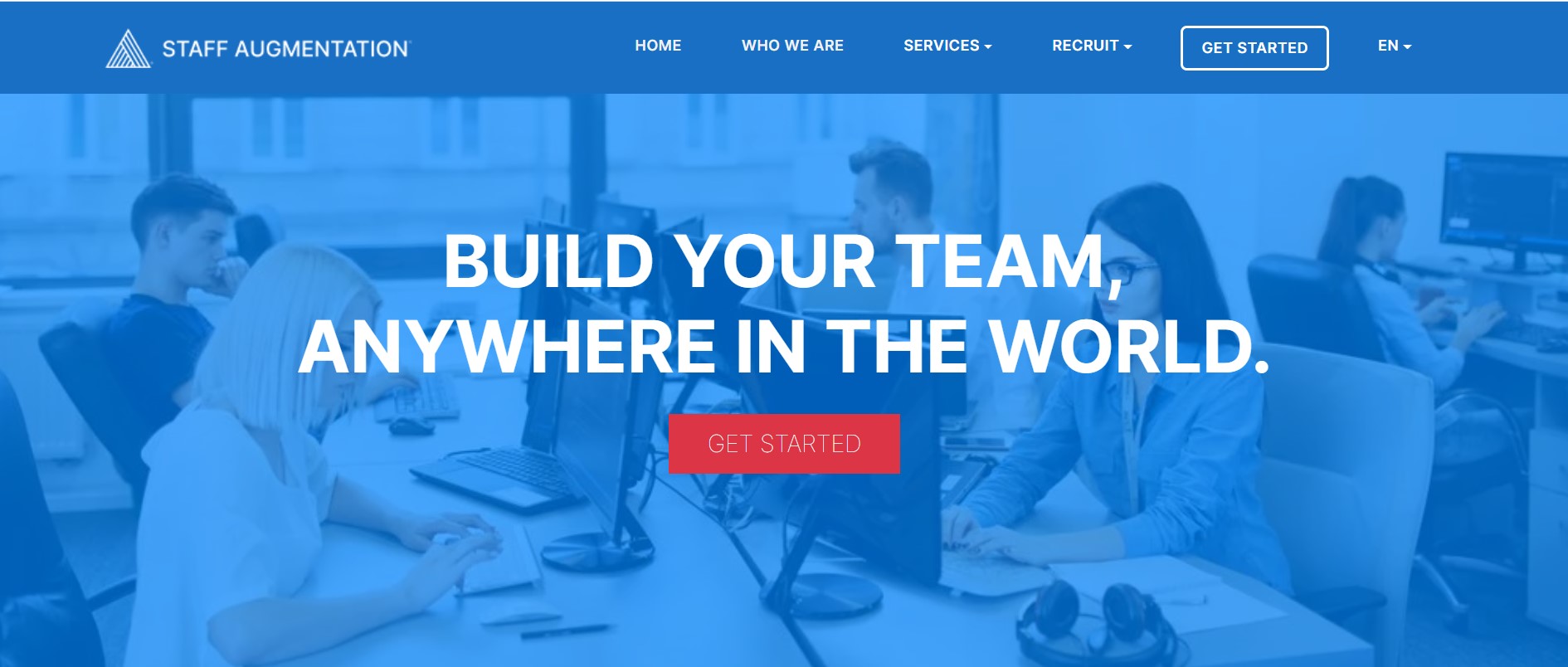Creating a Java software piece to develop an application is a challenge that will always require a highly skilled development team provided with the right tools. One of the most critical aspects of the process is identifying which Java development methodology will be best suited to the project. So how to make the right decision? To help you, we have put together a list of the methodologies to consider. In our previous article, we have discussed four of these methodologies. Let’s check out five more.
Other Java development methodologies
The big bang developer model
Businesses will know that clients aren’t always are of all their requirements when starting a project or don’t have a defined idea of how the finished product will look. Favored for smaller projects, the Big Bang model doesn’t follow a formal procedure involving little planning in deploying and creating an application. This makes it easy to manage and straightforward, therefore interesting for new developers to hone their skills before taking on larger projects.
Its primary downside is that it struggles to take on complex or large-scale projects; similarly, if something doesn’t meet the client’s demands, you may have to restart the entire thing from scratch.
Rapid Application Development (RAD)
RAD is a more precise methodology than others, leading to higher-quality results and a quicker development process. It reduces potential risks by encouraging end-user participation during development, producing quick and continuous code reviews to ensure there are no disappointments at the finish line. If this is the method you choose, you’ll need to create a highly skilled team of developers who have both business knowledge and top-class Java expertise to identify the end user’s exact requirements. You’ll also need to keep in mind its high-cost margins for modeling and automated code generation.
Extreme Programming
XP is another agile methodology, mostly used for production in volatile environments due to its high flexibility level. It focuses on customer involvement, forcing the end-user to identify and stick to a development, testing, and deployment schedule. This leads to lowered software building costs for the end-user and means that XP is only as effective as the developers working on the project.
While it can produce high-quality software with a limited amount of effort, XP still struggles with handling high amounts of development change. It can quickly overrun the developers with extra work, resulting in delays.
Prototype Model
By encouraging your team to produce a prototype of the application before the major coding phase, the Prototype Model ensures good communication of needs and expectations throughout your team. The time commitment may seem counterproductive, yet allowing the end-user to preview and tweak the final product first can lead to faster production and deployment down the line.
Spiral Model
The saying “better safe than sorry” rings particularly true when it comes to deploying an application. The Spiral Model understands that and prioritizes testing above all other phases. It makes it a good compromise for businesses that need to also operate with high-risk factors, allowing the development team to regularly identify risks and eradicate them before they’ve had a chance to take hold.
Although the spiral model’s negative attributes can outweigh its positives due to the cost of implementing the Spiral Model successfully, for example. Purchasing the tools that will help you identify potential risks may very well add financial strain on your business that a quick development process won’t be able to make up for.
Conclusion
As always, when speaking of development, there are many routes available to you: however, the best-suited one might very well be a personalized mix of them all. It’s good to know that many businesses favor the agile methodology because it allows for both speed and flexibility. But don’t let this keep you from identifying your exact needs, and remember that the most important is to have a structure, whichever that may be.












